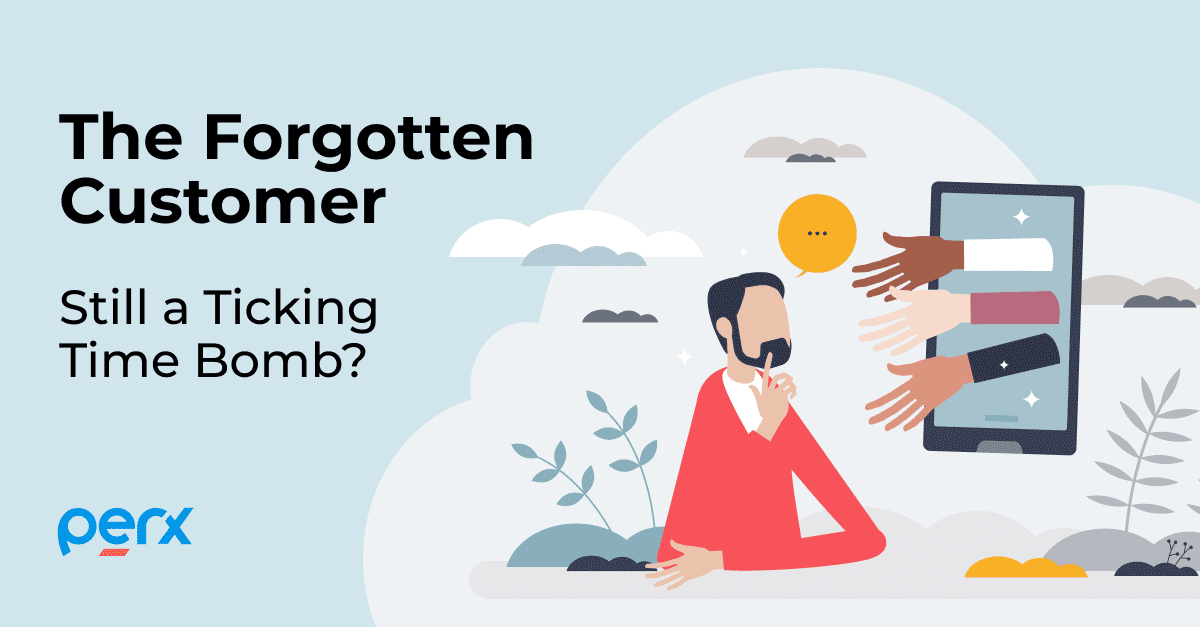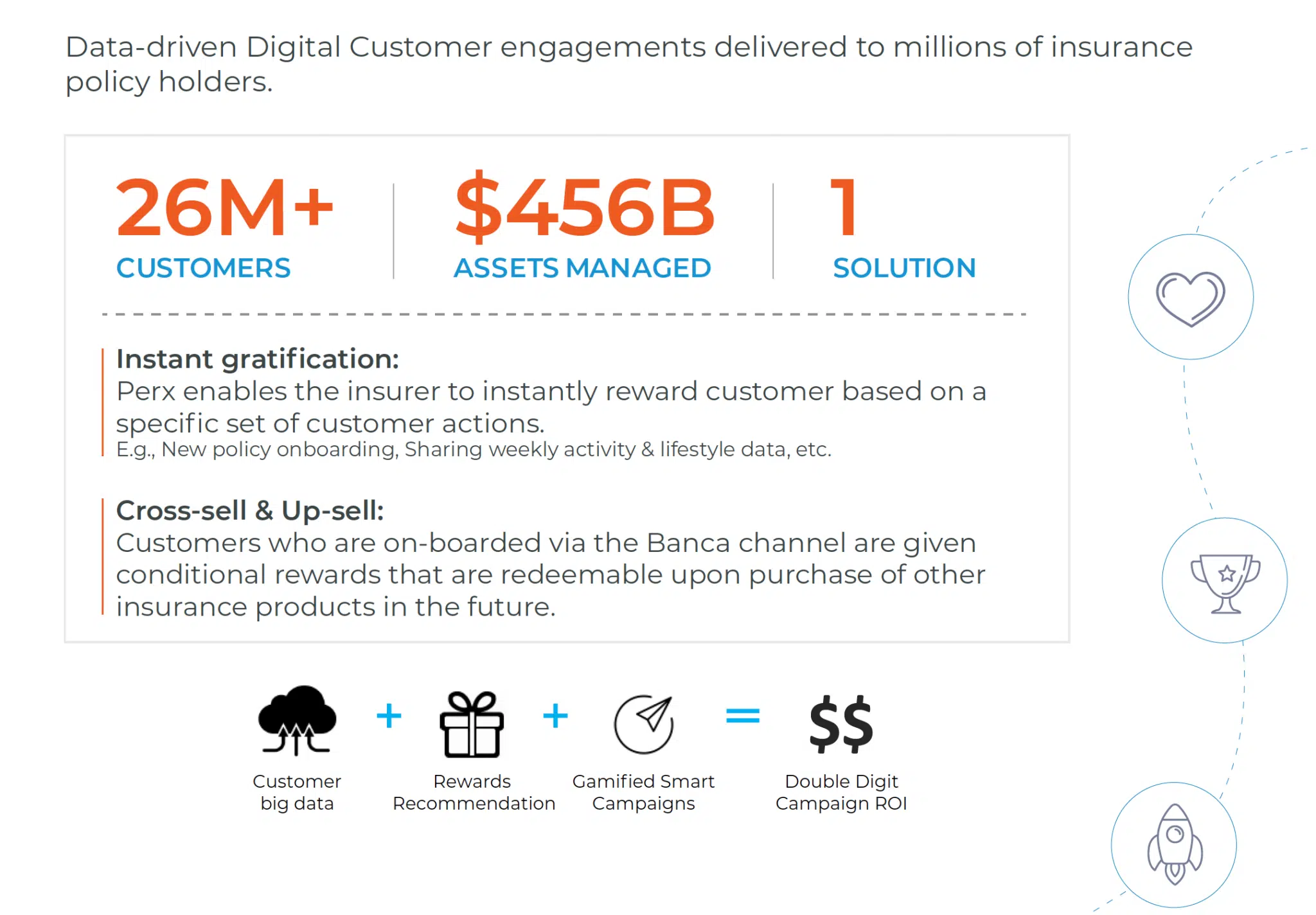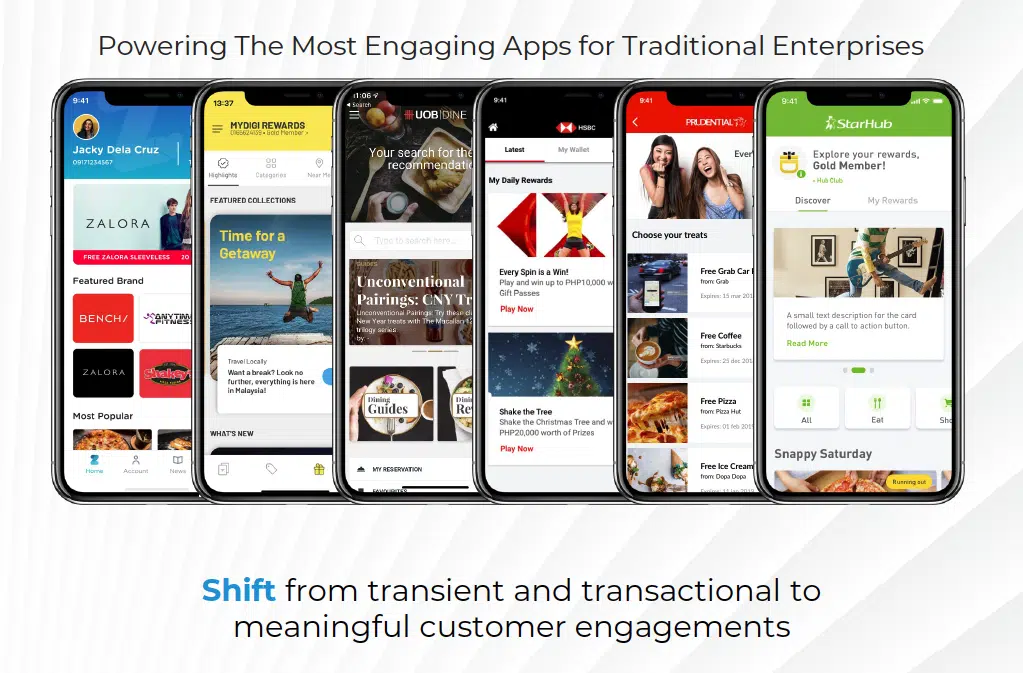What Metrics Are Critical to Measuring Customer Loyalty?

What Metrics Are Critical to Measuring Customer Loyalty?
The stakes are high when it comes to identifying the right customer loyalty metrics. These measures are essential for benchmarking your customer relationships and measuring the impact of your retention strategies. To get the most out of a customer loyalty program, you need a reliable way to measure the effort’s impact.
There are many ways to measure customer loyalty, but not all of them provide equal value. If you want to truly understand your brand’s relationship with customers, it’s important to progress beyond superficial “vanity metrics” and drill down on more relevant, revealing key performance indicators.
As a definitive Bain & Company survey on customer retention explained, companies almost never recoup their acquisition costs on a customer’s first purchase. That means you need to understand how retention works to achieve optimal value. Tracking the most important metrics is key to that understanding.
Measuring customer loyalty: The 6 metrics that count
When you’re setting up a dashboard to measure customer loyalty and retention, you don’t need to include dozens of metrics. As long as you focus on meaningful behavioral factors that truly reflect customers’ interests, intentions and engagement, you’re on the right path.
With the following six impactful metric types, you can get a clear view of your campaigns’ performance and the resulting return on investment (ROI):
1. Net Promoter Score
Net Promoter Score (NPS) uses the customer experience to predict your company’s potential for growth. It is based on rating your customers from 1-10 depending on how likely they are to recommend your company to friends. The scale provides clarity on your future prospects by dividing your current customer base into detractors (not likely to recommend), passives (not enthusiastic but satisfied) and promoters (brand advocates).
2. Upsell ratio
In the same vein as your company’s repurchase ratio, your upsell ratio is a valuable descriptor of your customers’ relationship with the brand. If people are willing to spend more money to engage with your products and services on a deeper level, this is good news for your customer experience. If you’re only selling base-level items, it’s time to consider new incentives.
3. Customer lifetime value
Getting maximum value out of each customer relationship is a core objective of retention and loyalty marketing strategies. Your dashboard should therefore include a clear measurement of how much return on investment each individual is providing. These calculations can provide useful intelligence on the relative success of outreach efforts.
4. Repurchase ratio
Getting someone to buy from you once is a triumph of marketing. Twice is the start of loyalty and real customer lifetime value. Considering the fact that a single purchase will likely not recoup acquisition costs, you need to pay close attention to what percentage of your clients buy again. A low repurchase ratio may be a clear sign of a weak customer experience.
5. Customer Loyalty Index
Customer loyalty index is a score used across the marketing space. It combines several of the other scores, such as NPS, repurchase intent and upsell intent to create a unified view of loyalty. A customer who is willing to spend more on your products, buy multiple times and refer others is a valuable asset, so it pays to directly measure how close consumers are to this ideal.
6. Customer Engagement Score
A customer engagement score (CES) is a measurement of the types of interactions your audience members have with your company. If people are actually using your products, communicating with your brand or engaging with your mobile app experience, that raises their CES. It can be valuable to understand which of your outreach efforts are convincing people to engage further and which have a more shallow impact.
With a reliable tracking method for these six metrics, you can stay aware of fluctuations in customer loyalty. That, in turn, will help you shape your outreach and retention tactics for years to come.
Mistakes brands make with customer loyalty and retention
Not every company maximizes ROI with an adaptive, data-driven customer loyalty and retention strategy. Some businesses end up going halfway in these attempts, launching programs that seem effective but are slightly misaligned. What are some of the defining features of these non-optimized attempts?
- A lack of relevant rewards: When the MIT Sloan Management Review laid out important concepts of rewards programs decades ago, it established the variables customers use to judge the value of rewards: How valuable do the offerings seem? How many choices are on offer? How easy will it be to earn those benefits? Is the reward program user-friendly? Failing to consider these issues could lead to weak customer benefits.
- Limited channel options: Companies that don’t make their customer retention and loyalty programs available on users’ platforms of choice may quickly lose audience attention. Lack of a mobile application interface may be especially devastating today. What’s worse, brands that fail to track effective metrics may never realize if they are missing customers’ preferred platforms.
- Focus on the most loyal: Customer loyalty and retention programs shouldn’t be limited just to customers who are already committed to a brand. Businesses that neglect to open their rewards programs to new and recent customers may miss out on opportunities to collect and use data. Processing data on these shoppers can create fruitful new relationships.
Good dashboards help businesses avoid these pitfalls and more by sending clear signals about which efforts are having a positive effect on ROI — and which aren’t working.
Lifestyle marketing for an emotional connection with customers
While modern customer retention strategies are driven by data, they aren’t cold or robotic. In fact, the end result of these programs should be to create a kind of loyalty Harvard Business Review calls “emotional and irrational“.
People who have committed to such customer relationships don’t just keep redeeming rewards because it makes economic sense. Rather, they are happy to keep engaging with the brand because they feel like part of a club. The experience of interacting with the brand and their fellow customers feels good, and the incentive to stay reaches beyond their wallets.
Do you know if your brand is creating this bond? To understand where you are on the path to loyalty, you need a comprehensive dashboard that tracks the right metrics. This is what you get as part of the Perx Loyalty and Engagement Platform. Request a demo to see how this technology can help you.
Recommended for you

Blogs

Sustainability

Blogs

Blogs

Blogs
Ready to join them?










 In fact,
In fact, 




